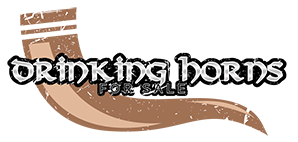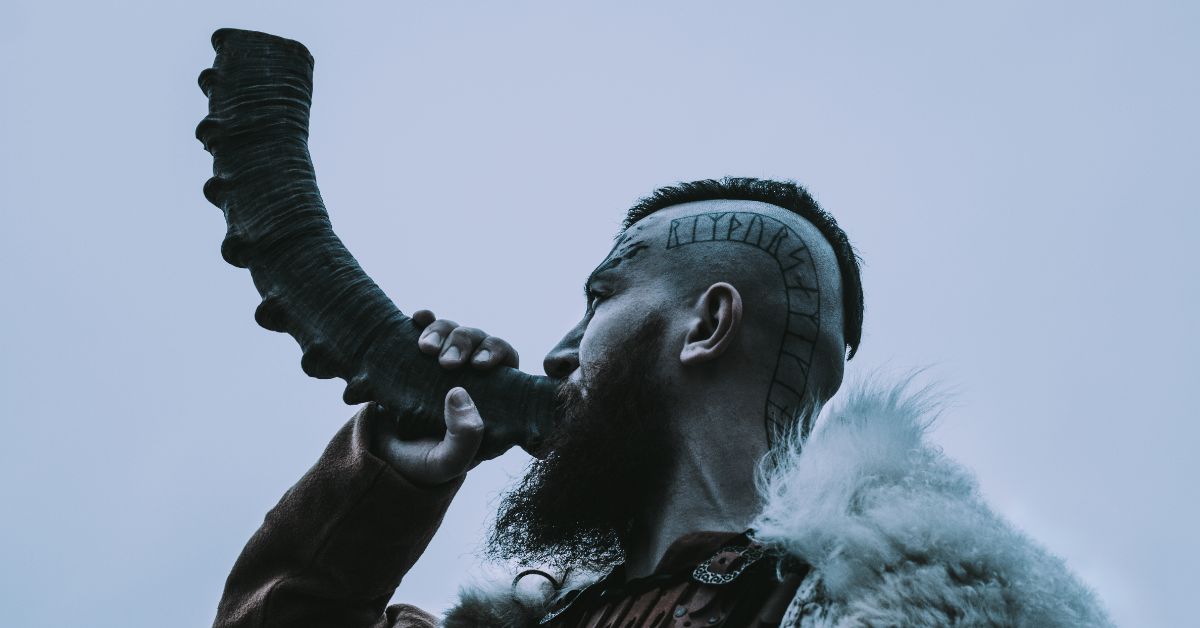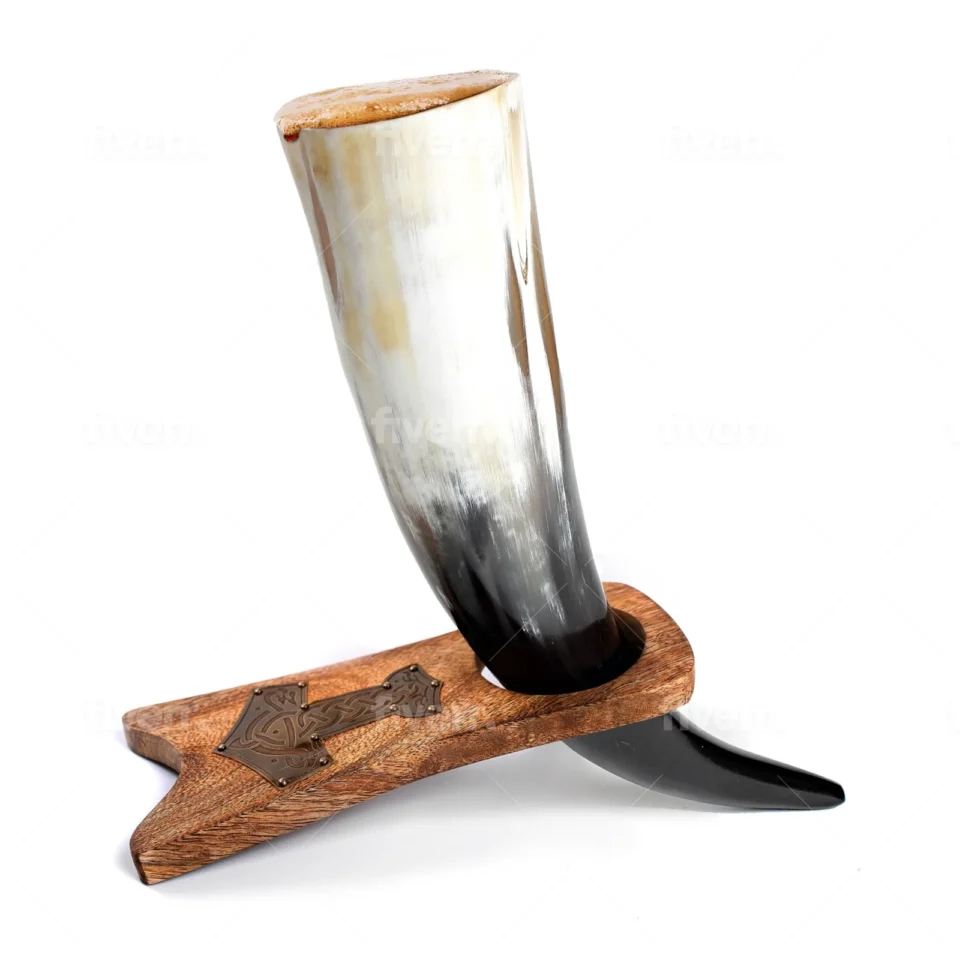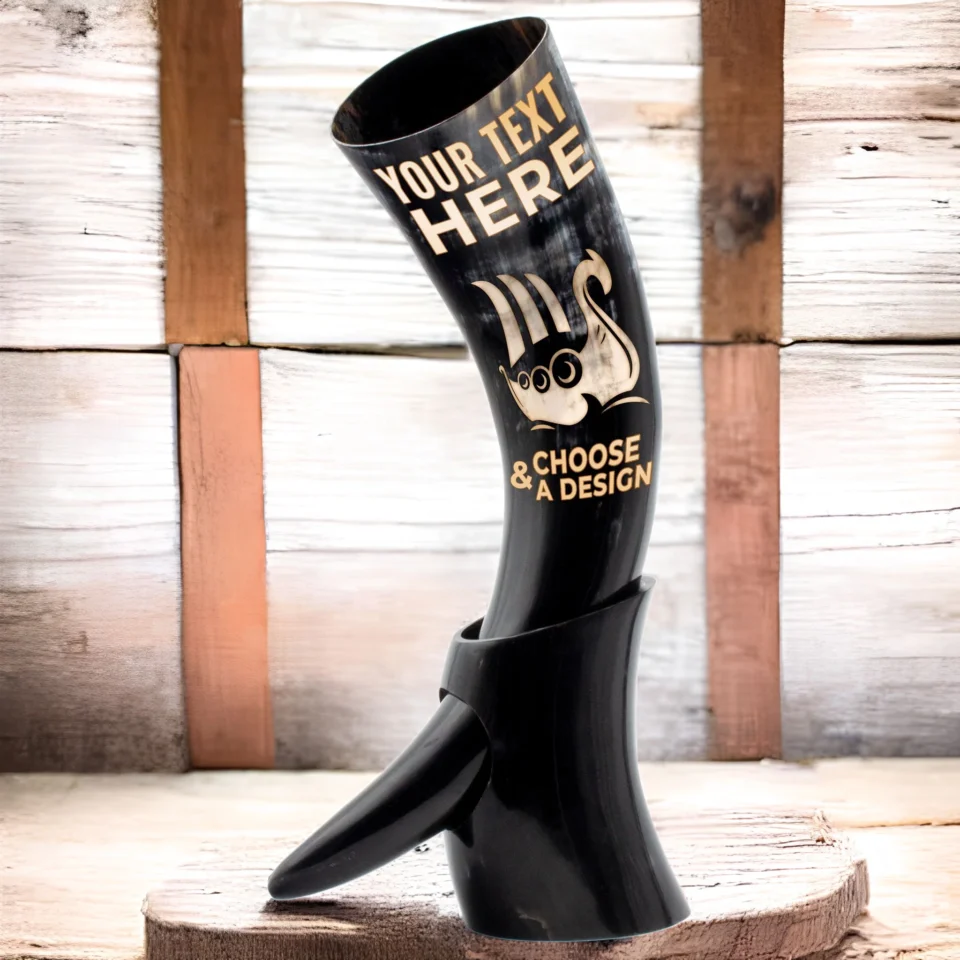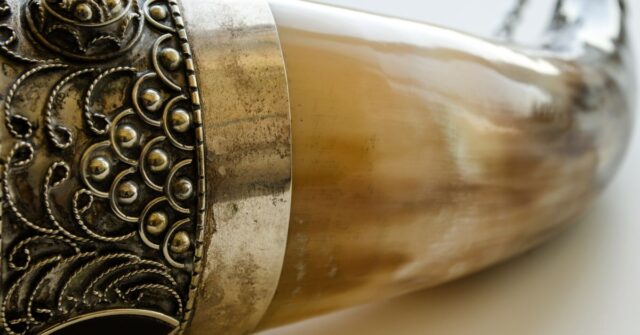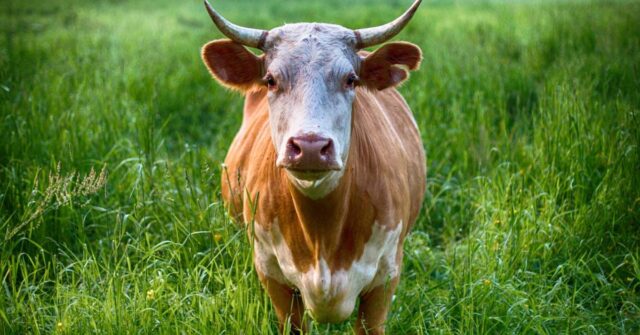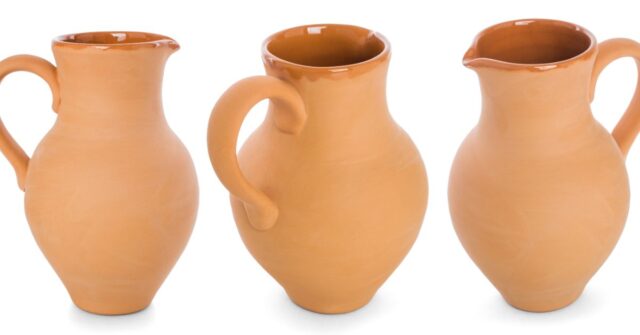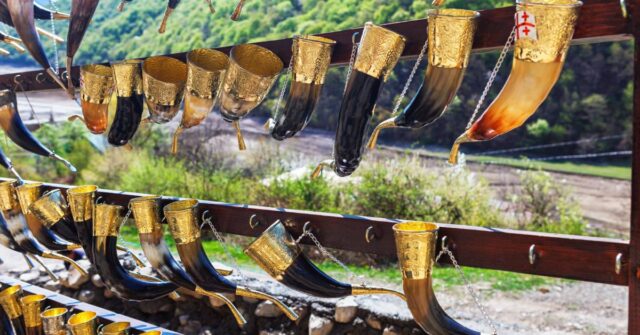The Viking Age, a period that stretched from the late 8th to the early 11th century, remains one of the most fascinating epochs in human history.
Vikings, known for their fearsome raids, sophisticated seafaring skills, and rich cultural traditions, have captivated the imagination of many.
Among their most iconic symbols is the horn, used both in battle and in their daily lives. But what exactly is a Viking horn called, and what roles did it play in their society?
This article dives deep into the history, types, and significance of Viking horns, aiming to provide a comprehensive understanding of these intriguing artifacts.
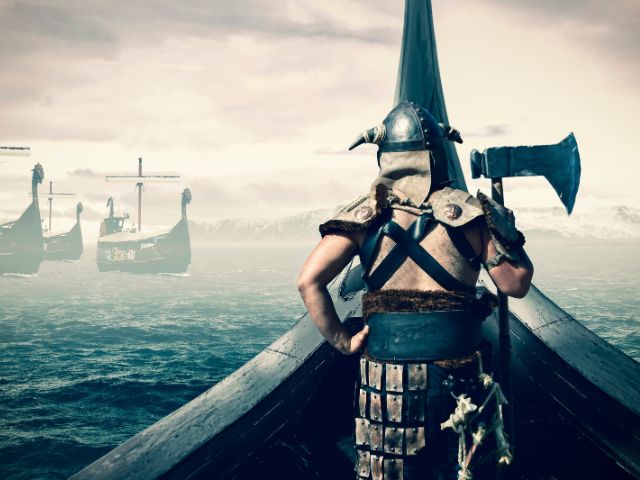
Introduction to Viking Culture & the Importance of Horns
Understanding Viking culture and the significance of horns within it is essential for appreciating the depth and breadth of Norse heritage.
The Vikings: Seafarers, Warriors, and Traders
Vikings were not just warriors; they were also traders, explorers, and settlers who made an indelible mark on the history of Europe and beyond.
Their ships, designed for speed and flexibility, enabled them to navigate across vast distances, from the coasts of North America to the rivers of Russia, establishing trade routes and settlements along the way.
The Viking society was complex, with a rich oral tradition, profound religious beliefs, and significant achievements in art and craftsmanship.
The Symbolic and Practical Use of Horns in Viking Society
In Viking culture, horns held both practical and symbolic significance. They were used as drinking vessels, musical instruments, and signaling devices.
The horn’s presence in burial sites and sagas indicates its importance in Viking rituals and mythology.
Drinking horns, in particular, were often associated with feasts and oaths, embodying the communal and ceremonial aspects of Viking life.
Unraveling the Myth: The Viking Horn
The myths surrounding Viking horns have been shaped by centuries of lore and modern misconceptions.
By unraveling these myths, we can uncover the true nature and variety of horns used by Vikings and their significance beyond the battlefield.
Debunking Popular Myths About Viking Horns
Contrary to popular belief, there is scant evidence to suggest that Vikings wore horns on their helmets during battle.
This image, popularized by 19th-century artists and later by film and television, is a myth with no basis in historical fact.
The misconception likely stems from the ceremonial and everyday use of horns in Viking society, which was mistakenly attributed to their warfare attire.

Steel Viking Warrior Helmet with Horns
While the Vikings never actually wore helmets like this, this reproduction in 18 gauge steel is an impressive piece. Perfect for costume parties or display on the mantle piece.
Historical Evidence and Archaeological Findings
Archaeological discoveries have shed light on the real uses of horns in Viking culture.
Drinking horns, made from cattle or goat horns, have been found in numerous Viking graves, highlighting their role in feasting and rituals.
Blowing horns, crafted from animal horns or wood, were used for communication, especially in battle and for assembling groups.
The most famous of these is the Gjallarhorn, mentioned in Norse mythology as the horn that will sound at the onset of Ragnarök.
The Names and Types of Viking Horns
The varieties of horns used by the Vikings were as diverse as their uses, ranging from the mythological Gjallarhorn, signaling the end times, to the everyday drinking and blowing horns that facilitated communication and celebration within their culture.
Each type of horn had its own name, purpose, and place within the Viking world, reflecting the rich tapestry of Norse life and mythology.
Gjallarhorn: The Mythical Horn
The Gjallarhorn holds a special place in Norse mythology. It belongs to Heimdallr, the watchman of the gods, who is said to blow it to signal the beginning of the end of the world, Ragnarök.
This mythical horn symbolizes alertness and preparedness, embodying the profound connection between Vikings and their gods.

Viking Blowing Horn with Horn Whistle
Unleash your inner Viking with our premium blowing horn. Crafted from 100% natural ox horn, it delivers authentic sound and intricate Norse engravings.
Drinking Horns: From Ceremony to Daily Life
Drinking horns were central to Viking culture, used both in daily life and in ceremonial contexts.
These vessels were often decorated with metalwork and intricate carvings, reflecting the status and achievements of their owners.
The act of drinking from a horn during feasts and ceremonies was a significant social ritual, symbolizing unity and loyalty among Vikings.
Blowing Horns and Signal Devices
Blowing horns served as important communication tools in Viking society. They were used to call meetings, start hunts, or signal the approach of friends or foes.
These horns varied in size and sound, with larger ones likely used for long-distance communication across the Viking’s expansive territories.
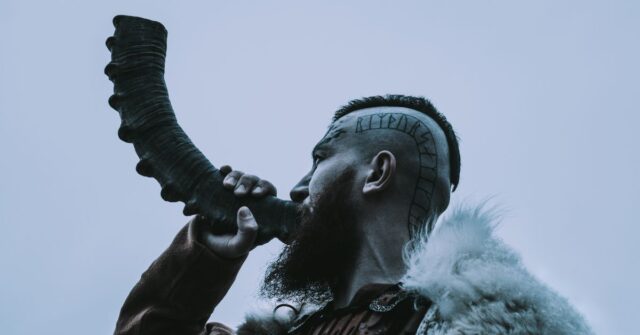
Manufacturing and Decoration: Crafting a Viking Horn
The process of crafting a Viking horn was an art form that combined functionality with aesthetic beauty.
Skilled artisans employed a variety of techniques to shape, decorate, and personalize these items, making each horn a unique piece of art.
The craftsmanship involved in their creation speaks volumes about the importance of horns in Viking society and the high level of skill possessed by Viking craftspeople.
Materials and Techniques in Horn Making
The making of Viking horns involved skillful craftsmanship and knowledge of materials. Horns from cattle, goats, and sometimes exotic animals, were selected for their size and shape.
The process of transforming these raw materials into functional and decorative items required precision, as the horn had to be cleaned, softened, shaped, and sometimes combined with metal or wood to create the finished product.
Check out our guides on making a drinking horn or making a Viking blow horn.
Artistic Embellishments and Symbolism
The decoration of Viking horns was not just an aesthetic choice but also a reflection of the owner’s identity and beliefs.
Symbols and scenes from Norse mythology, along with geometric patterns and animal motifs, were commonly inscribed or mounted on the horns.
These decorations served to protect the owner, tell stories, or display status and achievements.
The Role of Horns in Viking Rituals and Society
In Viking society, horns were more than just tools or drinking vessels; they were imbued with significant cultural and ceremonial importance.
Their use in rituals and social gatherings was a testament to their symbolic power and the central role they played in the communal and spiritual life of the Vikings.
Ceremonial Uses and Social Significance
Horns played a crucial role in Viking rituals, including ceremonies of passage, oath-taking, and seasonal feasts.
The act of sharing a horned drink was a sign of trust and fellowship, central to the fabric of Viking social life. Such rituals reinforced community bonds and the collective identity of the Viking people.
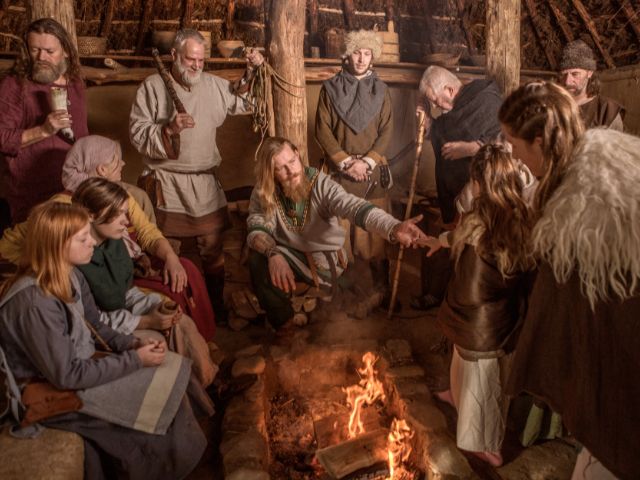
Horns in Viking Feasts and Legal Assemblies
During feasts and legal assemblies, known as things, horns were used to signal the start of proceedings, maintain order, and mark significant moments.
The blowing of a horn could herald the proclamation of laws, the resolution of disputes, or the sealing of alliances, underscoring the horn’s integral role in governance and societal organization.
Preservation and Legacy: Viking Horns Today
The fascination with Viking horns extends far beyond their historical period, as these artifacts continue to be studied, preserved, and replicated today.
Surviving Examples and Museum Collections
Today, many Viking horns can be found in museum collections around the world, offering a tangible connection to the past.
These artifacts continue to fascinate and inform, providing insights into Viking craftsmanship, social life, and spiritual beliefs.
Modern techniques in conservation and analysis have allowed historians and archaeologists to uncover the secrets of these ancient objects, bringing to light their significance and the skill of their creators.
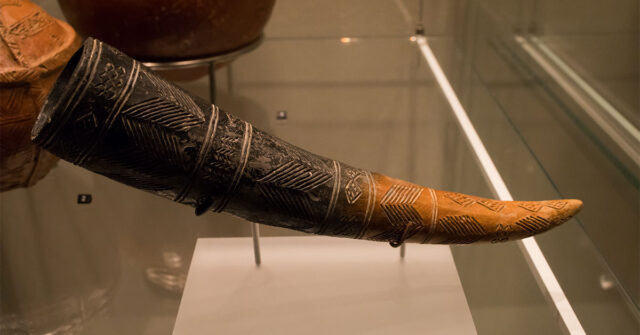
Modern Reconstructions and Cultural Reenactments
The legacy of Viking horns extends beyond historical study; it also lives on in modern reconstructions and cultural reenactments.
Enthusiasts and scholars alike recreate Viking horns, using traditional techniques and materials, to better understand their use and significance.
Cultural festivals and educational programs often feature these horns, allowing people to experience firsthand the sounds and sights of the Viking world.
Conclusion: The Enduring Legacy of Viking Horns
The legacy of Viking horns is a testament to their enduring fascination and significance, bridging centuries to captivate our imagination today.
Reflections on the Historical and Cultural Impact
The Viking horn, in all its forms, stands as a testament to the ingenuity, artistry, and social complexity of Viking society.
From the mythic Gjallarhorn to the communal drinking vessels, these artifacts embody the spirit of the Viking Age, bridging the past and present.
The study and appreciation of Viking horns not only enrich our understanding of Norse culture but also inspire a deeper connection to our shared human heritage.
The Viking Horn in Contemporary Culture
As symbols of strength, unity, and the profound relationship between humans and the natural world, Viking horns continue to captivate and inspire.
Their representation in literature, film, and art underscores the lasting fascination with Viking culture and its enduring impact on the modern imagination.
In this way, the Viking horn remains a powerful emblem of exploration, creativity, and the unbreakable bonds of community.
